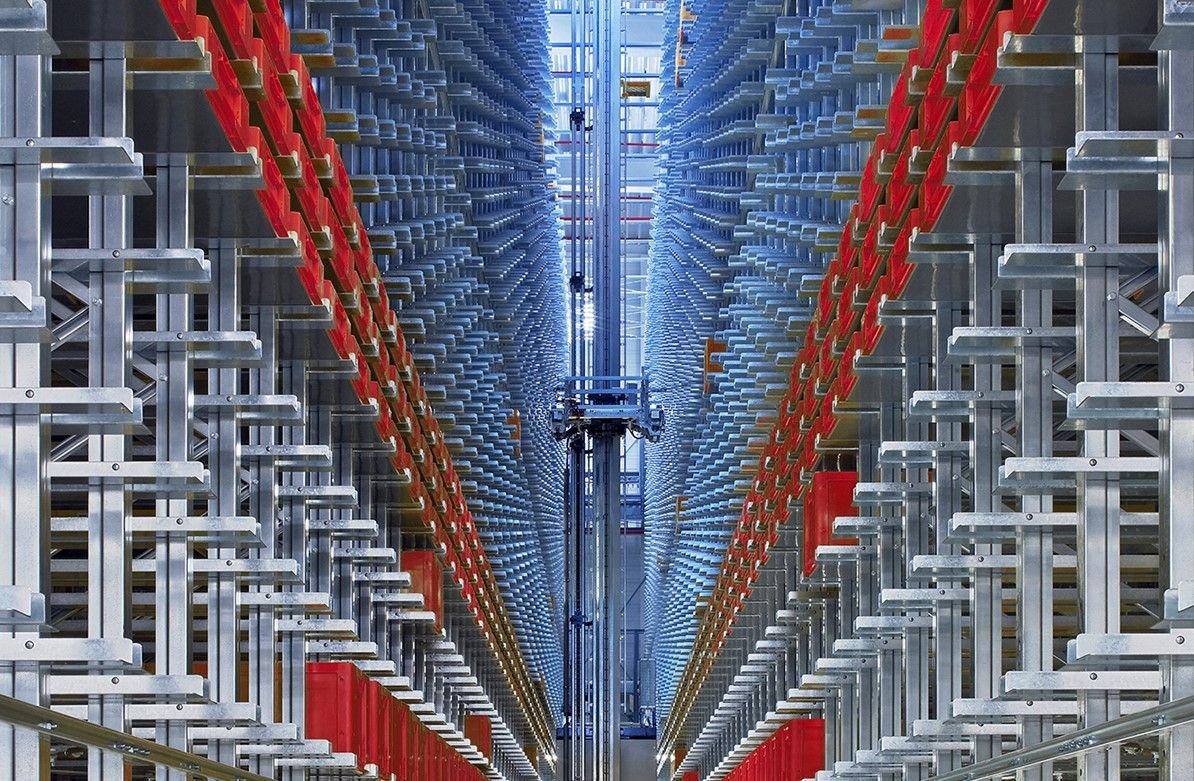In today’s fast-paced and highly competitive business landscape, optimising warehouse operations is paramount for success. One crucial tool that has revolutionised the way warehouses are managed is the Warehouse Control System (WCS).
By seamlessly integrating various components of warehouse management, WCS empowers businesses to achieve remarkable efficiency, accuracy, and productivity. In this blog, we will explore the concept of these systems, delve into their key features, and shed light on the numerous benefits they offer to modern-day warehouses.
What is a Warehouse Control System?
A Warehouse Control System (WCS) is a software application specifically designed to manage and control the automated systems within a warehouse. Unlike Warehouse Management Systems (WMS) that primarily focus on inventory tracking and management, WCS bridges the gap between higher-level software systems, like Enterprise Resource Planning (ERP) and the physical equipment in the warehouse.
By coordinating and optimising the flow of material handling systems, control software acts as the brain of a warehouse, ensuring seamless coordination between various devices, such as conveyor systems, automated sorters, robotic arms, and more.
Key Features
Real-time Inventory Management
WCS provides real-time visibility into inventory levels, enabling accurate tracking and efficient management. This feature allows warehouses to optimise stock levels, reducing the risk of overstocking or stockouts.
Task Prioritisation and Optimisation
With WCS, tasks such as order picking, sorting, and replenishment are intelligently prioritised and optimised based on predefined rules, improving efficiency and reducing the time required to complete these operations.
Equipment Coordination
WCS software effectively coordinates and synchronises the operation of various equipment, including conveyors, automated storage and retrieval systems (AS/RS), robotic arms, and more. This ensures smooth operation and minimises bottlenecks or collisions.
Data Analytics and Reporting
WCS collects and analyses a vast amount of data from warehouse operations. By providing insightful reports and analytics, it enables managers to identify areas for improvement, optimise workflows, and make informed decisions to enhance overall warehouse performance.
Integration Capabilities
The control system seamlessly integrates with other warehouse systems, such as WMS and ERP, enabling data synchronisation and efficient information flow between different systems.
Benefits
Enhanced Efficiency and Productivity
WCS optimises warehouse processes, reduces idle time, and improves task completion times. It enables warehouses to handle a higher volume of orders with fewer resources, increasing overall efficiency and productivity.
Improved Order Accuracy
By automating processes and minimising human intervention, WCS significantly reduces the risk of errors, leading to improved order accuracy and customer satisfaction.
Real-time Visibility
With WCS, managers gain real-time visibility into warehouse operations, including inventory levels, order status, and equipment performance. This visibility enables proactive decision-making and effective problem resolution.
Cost Reduction
Through optimised resource allocation, reduced labour requirements, and improved inventory management, WCS helps lower operational costs in the warehouse, ultimately contributing to increased profitability.
Scalability and Adaptability
Warehouse Control Systems are designed to accommodate growing business needs. They offer flexibility and scalability to adapt to changing requirements, allowing warehouses to seamlessly expand their operations without major disruptions.
In Conclusion
WCS have emerged as indispensable tools for modern warehouses, enabling them to meet the challenges of today’s dynamic business environment. With their advanced features and benefits, WCS optimises warehouse operations, and improves efficiency, accuracy, and productivity while reducing costs.
By investing in a robust Warehouse control system, businesses can streamline their operations, gain a competitive edge, and meet the ever-increasing customer demands effectively. At L-A-C Logistics Automation, our WCS software integrates seamlessly with host IT systems, offering great usability and real-time warehouse communication. Get in touch with us today!


